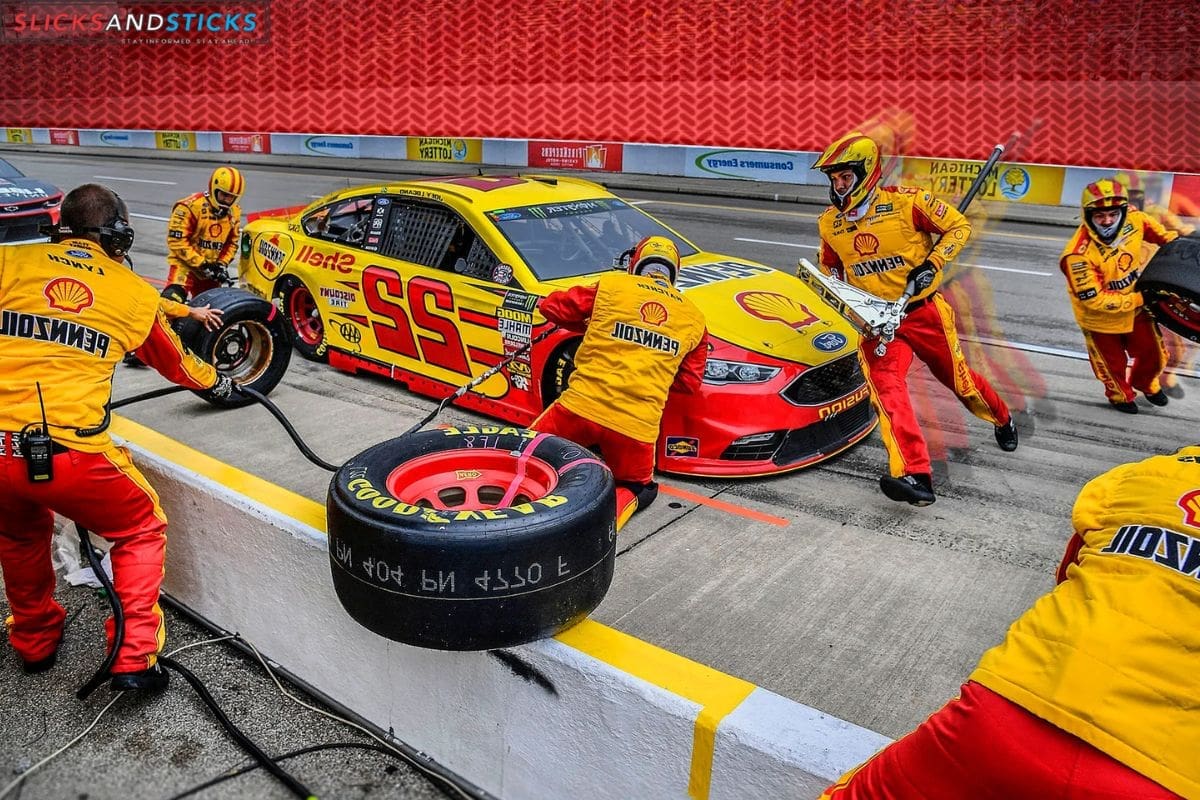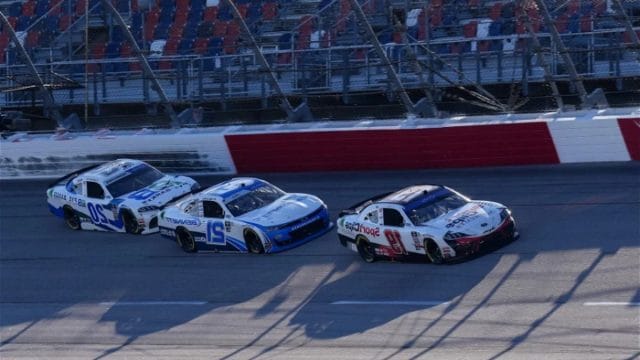NASCAR Catch Can Era: In the ever-evolving world of NASCAR, numerous aspects have become obsolete over time. From rule changes to job roles within the sport, various elements have bid farewell, reflecting the sport’s continuous evolution. One such remnant from the past that triggers nostalgia among fans is the catch can, a role in pit crews that once held significant allure but now rarely graces the scene.
Reflecting on forgotten roles, the mention of the catch can evokes memories of its prominence in pit stops, a role that might seem archaic in today’s NASCAR landscape.
A recent Reddit post, recounting memories of these forgotten tools, prompted a wave of nostalgia within the NASCAR fandom. Comments from fans reflected a mixture of emotionssome expressing concern about the swift passage of time while others subtly jabbed at the younger generation’s unfamiliarity with these historic elements.
In the past, NASCAR pit crews comprised seven individuals handling various aspects of the car during pit stops. However, this practice ceased in 2010 when NASCAR introduced dump cans into the equation. The subsequent 2011 season opener at Daytona saw teams eliminating the catch can man from their pit crews.
This alteration in pit stop strategies stemmed from NASCAR’s exploration of safer and cost-effective fueling methods, coinciding with the introduction of E15 Ethanol fuel. The addition of this fuel type altered gas lines, reducing the risk of water contamination in the fuel tank.
The catch can man’s role involved managing the fuel can while refueling and facilitating the retrieval of unfilled cans. The removal of this role led to an increased workload for the gas man, who had to manage both tasks alone, impacting the timing of the rear tire changer in pit stops.
Despite these changes, NASCAR teams have adapted, achieving shorter average pit stop times. However, reflections on the bygone era of seven-member pit crews and the sport’s evolution remain a thought-provoking aspect.
The Reddit discussion among nostalgic fans drew in an older generation, leaving some speechless at the rapid passage of time. “I’m 35 but just turned into dust,” expressed one long-time fan, reflecting on the impact of evolving NASCAR eras.
As NASCAR continues to attract new generations of fans, the transition away from the catch can era during the early 2010s has left many newer enthusiasts unaware of this forgotten equipment. “We’ve gone so long without the catch can
that there’s an entire generation of fans who don’t know what it is,” lamented one fan, highlighting the generational shift.

Expressions like “F**k, I feel old now” and “I’ve never felt older in my entire life” were shared by shocked fans, astounded by how swiftly time has elapsed since they began following the sport.
A Reddit user’s realization about the age of a photo from the catch can eraa mere two decades agosparked introspection. “I thought to myself ‘2000s? That wasn’t that long ago
how do they not know? Then I felt all 20 odd years all at once,’” revealed one fan, encapsulating the swift passage of time in a single moment.
The nostalgia triggered by an abandoned piece of equipment resonates deeply with NASCAR fans, yet the sport and its pit crews continue to thrive without its presence. Evolution remains a constant, guiding NASCAR through the years.
ALSO READ: William Byron Pit Crew Triumph: Harmonizing Success at Hendrick Motorsports

